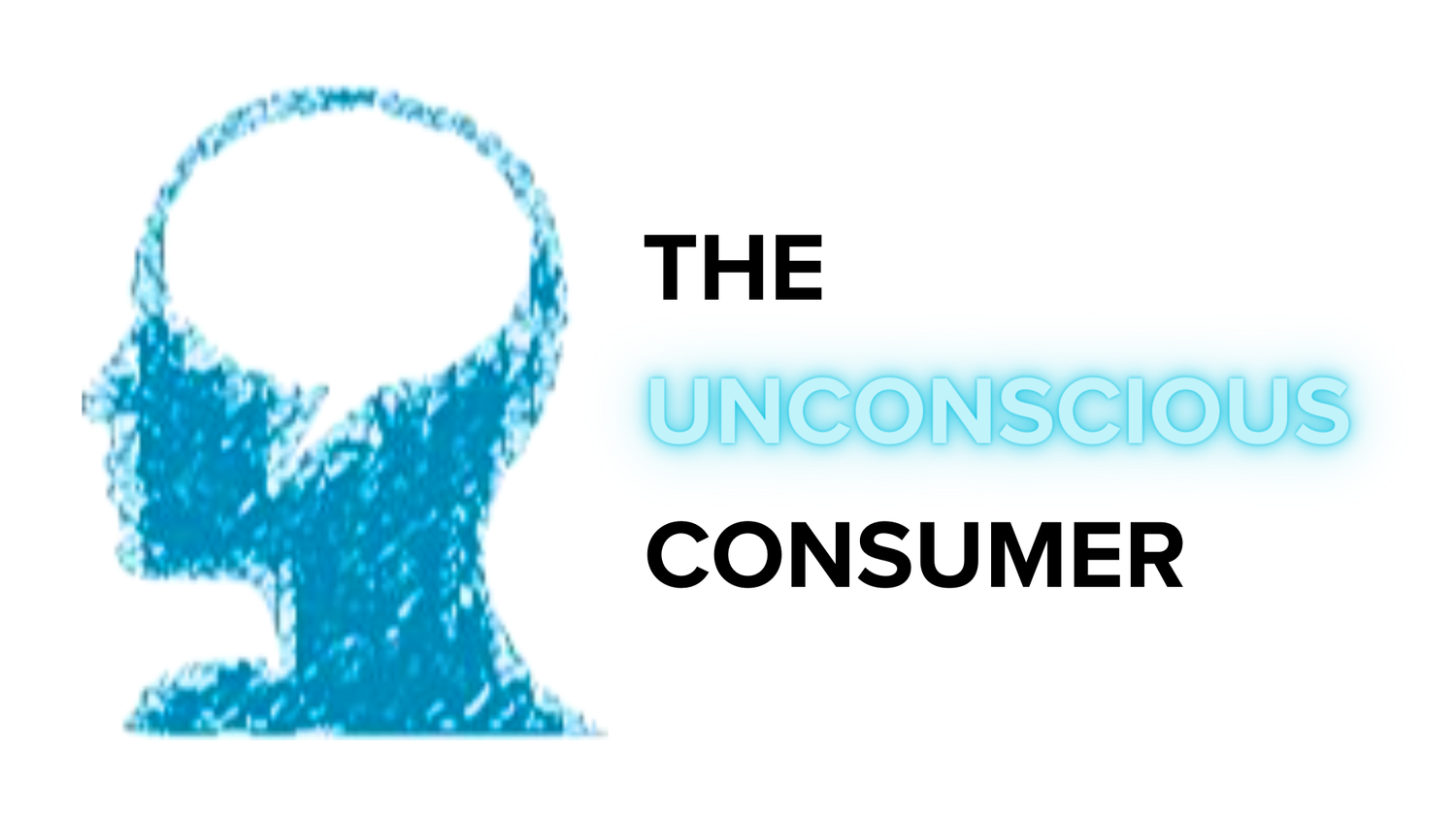Mastering the Mind: The Secret to Calm's UX Success
In our era of relentless digital interconnections, the dividing line between tech enterprises that thrive and those that falter increasingly pivots on their approach to user experience (UX). Many remain entrenched in the functionality-and-features game, while a discerning few have recognized the immense power of UX that resonates emotionally with users. In the realm of wellness applications, Calm stands as a vanguard. With its tranquil interface and an array of relaxation aids, Calm uncovers the power of utilizing unconscious cues to enrich UX. Our exploration delves into Calm's climb to prominence, shedding light on its masterful integration of behavioural economics, UX design, and psychology.
Calm: Weaving a Pattern of Success
Calm's integration of user-centered design and behavioral insights has propelled it to stellar heights, achieving 50 million downloads and clinching the title of Apple's App of the Year.
Calm made its debut in 2012, amidst a rising societal interest in mindfulness and self-care. Rather than merely adding to the multitude of wellness apps, Calm emerged as an entity that didn't just dance to the rhythm of functionality but also played to the melody of superior UX. Each feature, from meticulously curated meditations to enchanting sleep stories, is designed with the user's emotional landscape in mind. Today, Calm boasts 50 million downloads and numerous accolades, including Apple's App of the Year. This success is a testament to Calm's singular vision of harmonizing tech innovation with an empathetic understanding of human behaviour.
The Hidden Threads of Unconscious Influences
Beneath our conscious mind lies a powerful undercurrent that moulds our perceptions, attitudes, and choices. This isn't speculative but grounded in extensive research in behavioural economics, which suggests that humans are often "predictably irrational," swayed subtly by the environment. UX design has embraced these insights, crafting interfaces that resonate with the user's unconscious mind. Calm sits at this intersection, epitomizing the potential of unconscious influences in crafting meaningful digital experiences.
Hidden Thread #1: The Colors of Tranquility
Launching the Calm app immerses you in a landscape of serene blues and greens—a choice that is far from random. As Michael Acton Smith, co-founder of Calm, puts it,
“It’s all about simplicity, about reducing the cognitive load, making it as easy as possible for people to drift off to sleep.”
Research indicates these colours often evoke feelings of peace and tranquillity, ideal for a platform dedicated to mental well-being. By contrast, many competitors use more vibrant colour palettes that may stimulate rather than soothe. Calm's nuanced understanding of colour psychology sets the tone from the moment the user opens the app.
Hidden Thread #2: The Consistency Factor
The principle of consistency, an established cornerstone of behavioural economics, suggests that people prefer experiences that align with their expectations and past encounters. Every touchpoint with Calm, be it the app, the website, or emails, maintains a consistent tone, visual style, and messaging. This harmony fosters familiarity and trust—an essential attribute in the realm of wellness.
A lack of such harmony can lead to disjointed experiences, potentially disorienting users during a time when they are seeking a sense of tranquillity. Through its commitment to a unified user journey, Calm's commitment to a unified user journey sets it apart.
Hidden Thread #3: The Soundscape of Calm
Sound plays a pivotal role in Calm's UX strategy. Beyond ambient sounds and relaxing music, Calm incorporates the soothing resonance of slow-paced narration. Research suggests that slow-tempo music and soft sounds can reduce stress, lower heart rates, and promote relaxation.
But Calm takes this a step further by using familiar and comforting voices in their guided meditations and sleep stories. It employs celebrities like Matthew McConaughey, Stephen Fry, and Leona Lewis to lend their voices, evoking a sense of comfort and familiarity in the users. While competitors offer narrated content, they lack the celebrity allure and diverse content that Calm offers. This use of familiar voices not only comforts users but subtly enhances the app's social proof, a concept explored further in the next section.
Hidden Thread #4: Social Proof and User Validation
Calm masterfully utilizes the element of social proof in its strategy. User testimonials, ratings, and reviews take the spotlight on the website and within the app, fostering credibility and a sense of community. Moreover, Calm actively engages with its users across various social media platforms, nurturing a sense of belonging among its audience.
Additionally, collaborations with celebrities for voiceover work amplify this social proof. When users see revered figures endorsing the app, it bolsters their confidence in the product. This ingenious alignment of celebrity endorsement with product offerings gives Calm a unique edge in a crowded marketplace.
The Conscious Crafting of Unconscious Influence
The cumulative impact of these unconscious influences paints a clear picture: Calm's exemplary UX isn't a matter of happenstance. Rather, it's a result of a carefully orchestrated strategy that seamlessly integrates behavioural insights into the app. However, it's crucial to remember the ethical overtures that accompany these tactics. While unconscious influences can be potent tools in UX design, their misuse can lead to manipulation. Calm's approach, centred on enhancing the user experience and delivering value, stands as an example of ethical practice in leveraging these influences.
The Finale: Lessons for the Future
Calm's success provides valuable insights for businesses seeking to refine their UX. Understanding and incorporating unconscious influences can lead to products that deeply resonate with users. It's not about manipulation; it's about meeting users where they are—both consciously and unconsciously—to deliver an experience that truly enriches their lives. In an increasingly digitized world, this thoughtful approach may be the key to designing products that not only serve a purpose but contribute positively to users' overall well-being.
Want to share your thoughts? Feel free to share them in the comments section below or on social media.









